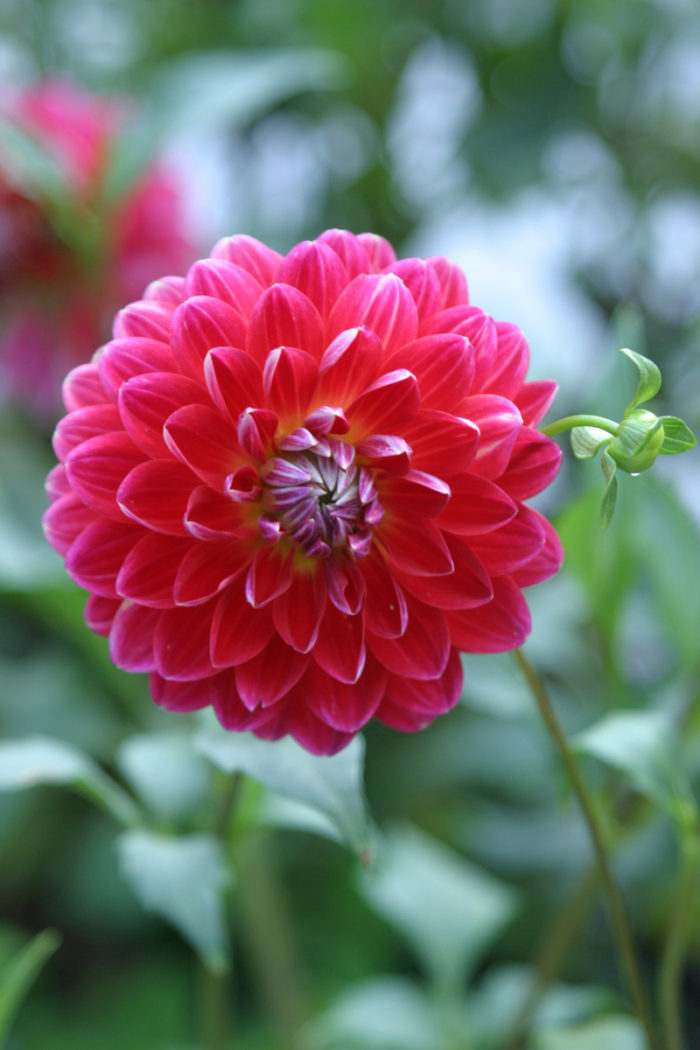
May always looks like the busiest month of the gardener’s year, and there seems to be a never-ending list of chores. These are just a few tasks that can be done this month.
It’s dahlia time. Dahlia tubers (Dahlia spp. and cvs., Zones 7–11) should be planted this month. They are not hardy in the Mid-Atlantic, so plant them as you would summer annuals. When planting, add a little bone meal to help stimulate root growth. The stronger the roots, the bigger the blooms. Do not forget to plant in well-drained soil, as these tubers (like most tubers) do not like wet feet.
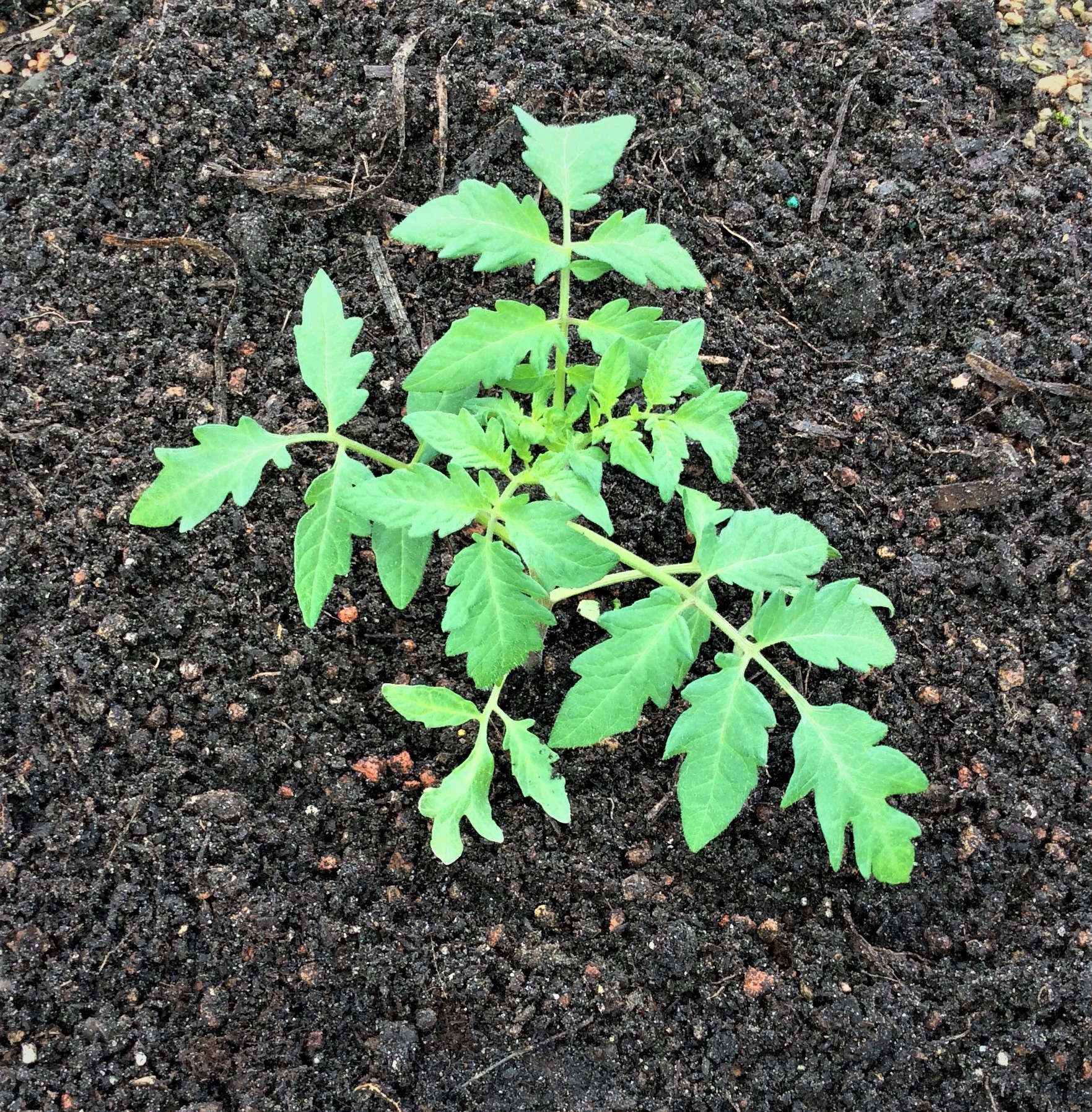
Plant your warm-season veggies. Plant your tomatoes, peppers, and eggplants in mid-to-late May. Most commonly planted nightshades thrive in hot weather, so planting later is best. Ideally, this trio likes soil temperatures to be above 55°F before planting.
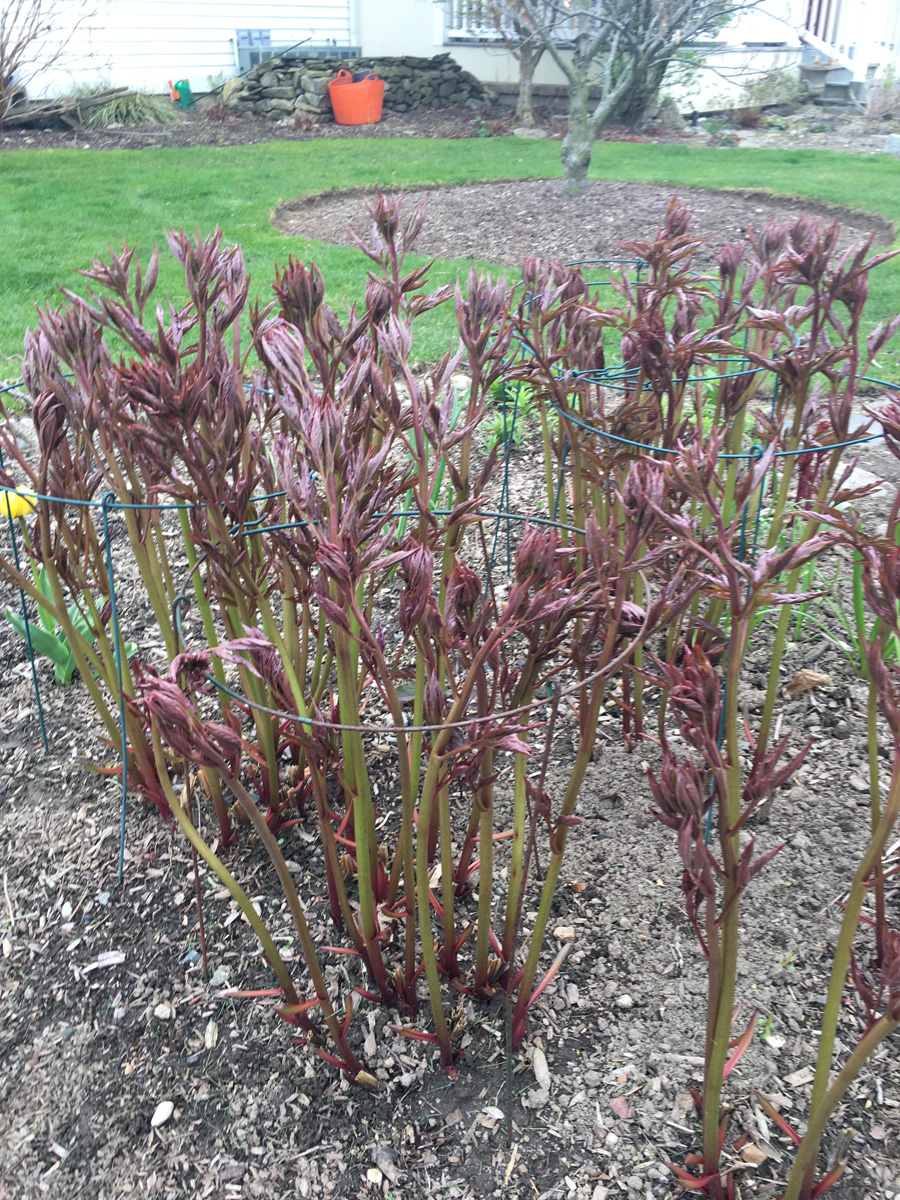
Stake your peonies. Winter and spring in the Mid-Atlantic region have been warmer than usual, so many plants are farther along than normal. Big, beautiful peony blooms (Paeonia spp. and cvs., Zones 3–8) need some support against flopping, so be sure to stake them. The heavy flowers tend to topple as soon as we get a hard rain. Peony cages are a good choice. However, if you don’t have them, bamboo stakes and twine work just as well.
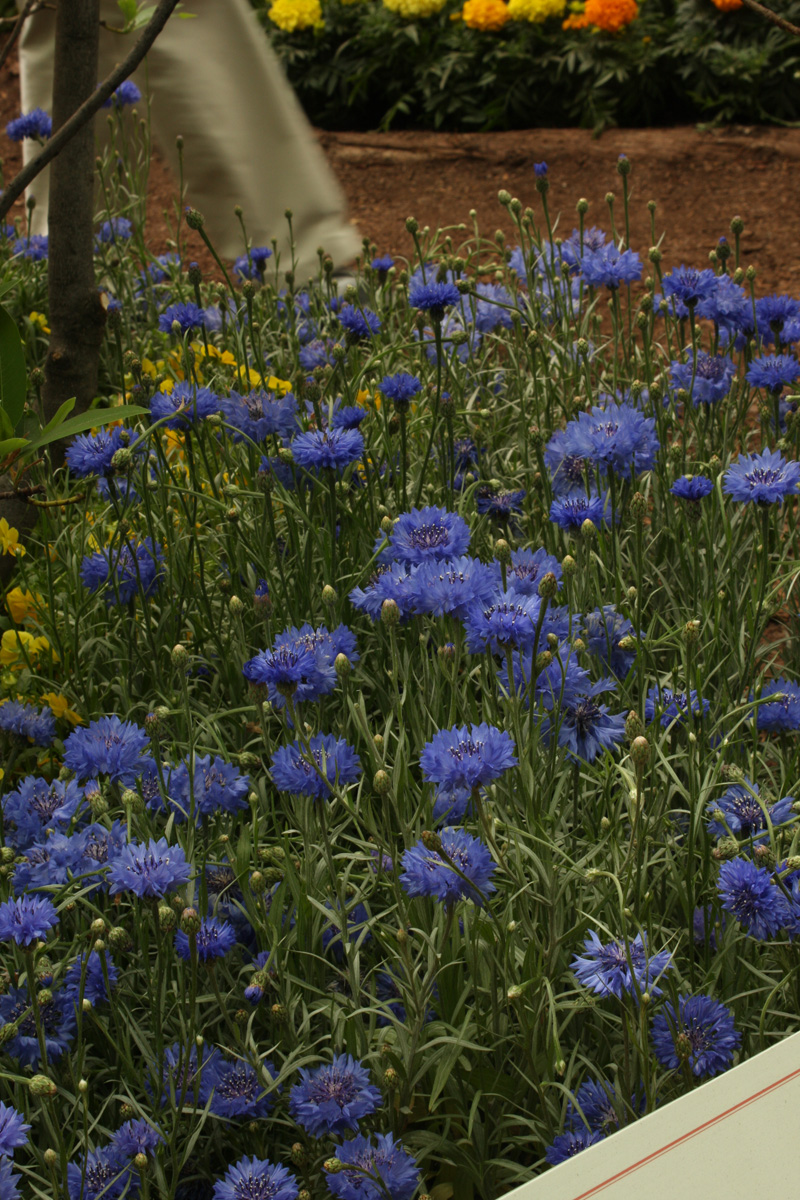
Start a cut-flower garden from seed. Fast-growing annuals such as zinnia (Zinnia elegans), cosmos (Cosmos bipinnatus), and bachelor’s buttons (Centaurea cyanus) can be planted now. These flowers do not need to be started indoors. Their germination time is usually under a week, and they’re very reliable. Whether it’s an addition to an existing garden bed or a new mini meadow, a cut-flower area is always an enjoyable garden project. Creating a cut-flower garden by sowing easy-to-grow annuals directly is also a fun, easy project for kids who are learning at home.
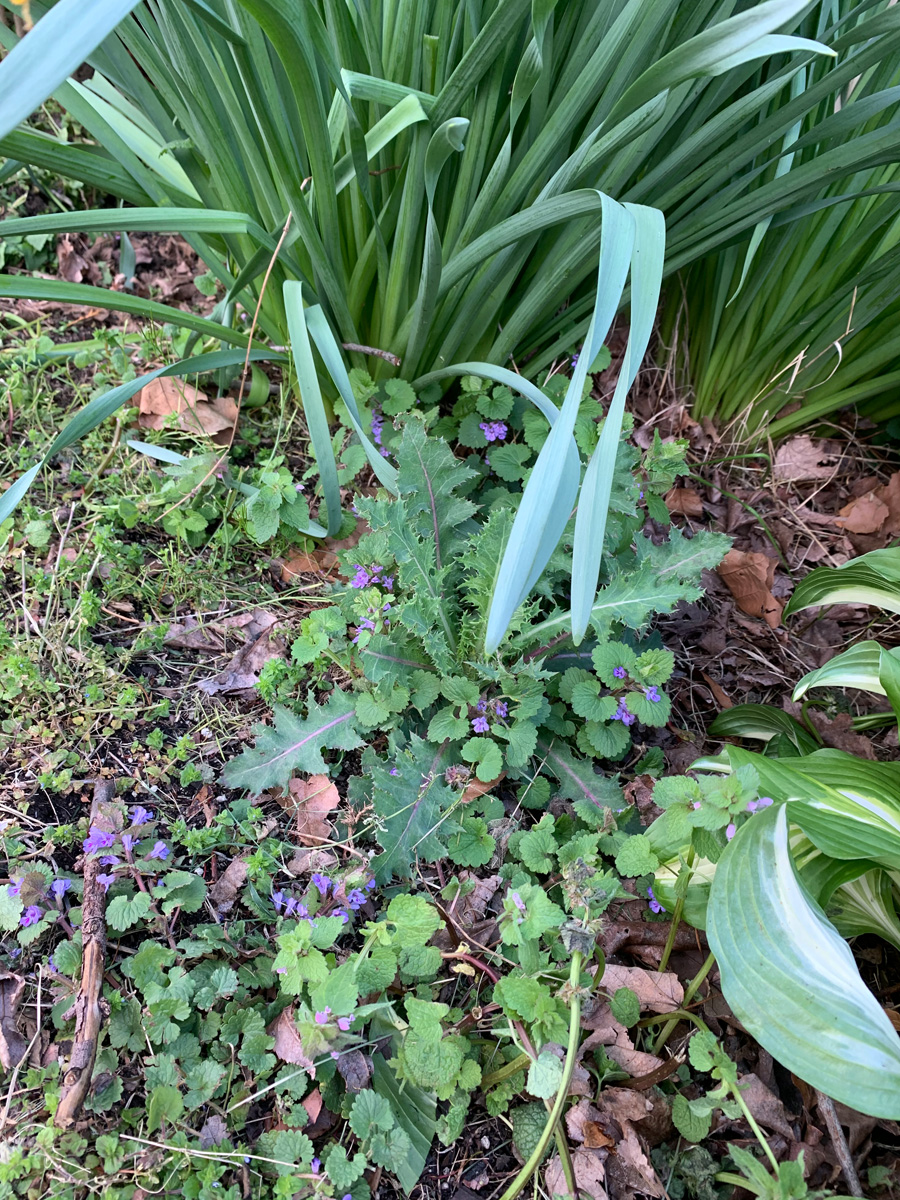
Weed, weed, and weed some more. The spring season in our region has been quite warm, and there has been plenty of rain. Everything is growing quickly, especially the weeds. In the Mid-Atlantic the weed populations seem to have exploded overnight. As every gardener knows, weeding is essential to make room for emerging plants as well as tidying up the garden. An excellent book for weed identification is Weeds of the Northeast. It is a great resource for understanding common weeds, their growing season, and their life cycle. This book can help with identifying when certain weeds go to seed and if they can be pulled or cut back before then to keep the population down next year.
—Michele Christiano is a horticulture assistant at Longwood Gardens in Kennett Square, Pennsylvania.



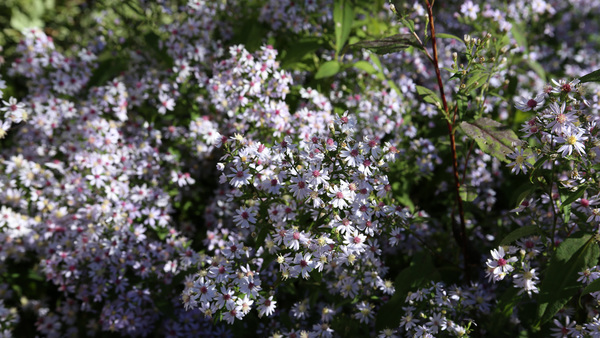














Comments
Log in or create an account to post a comment.
Sign up Log in